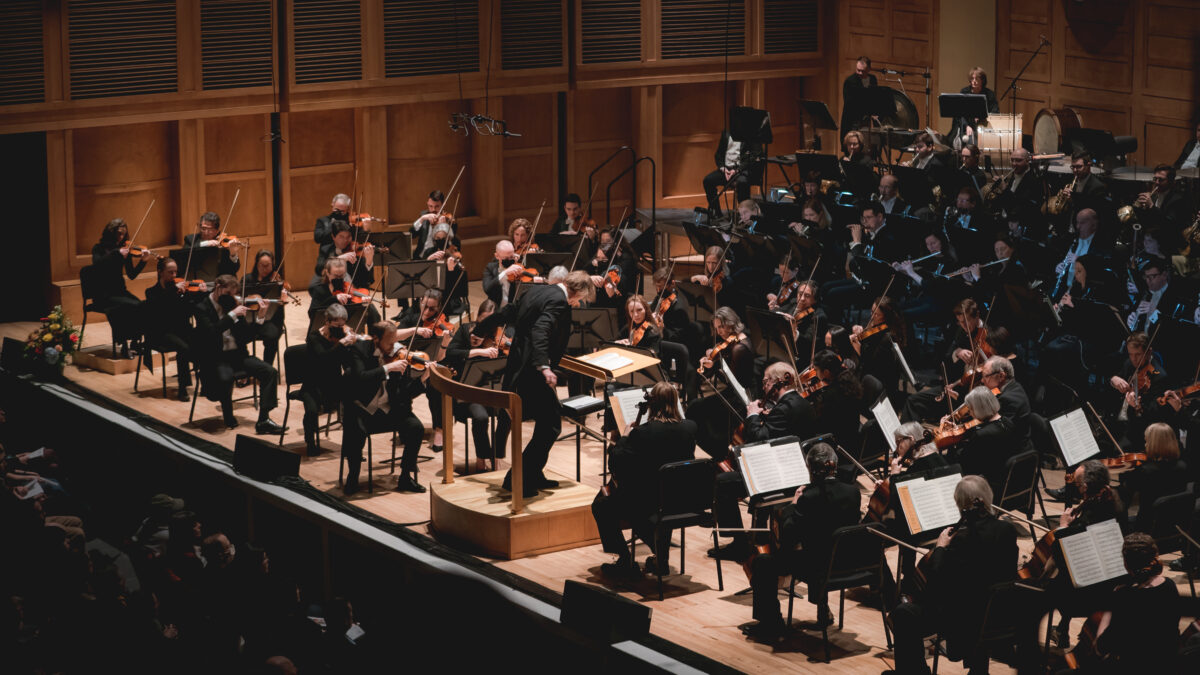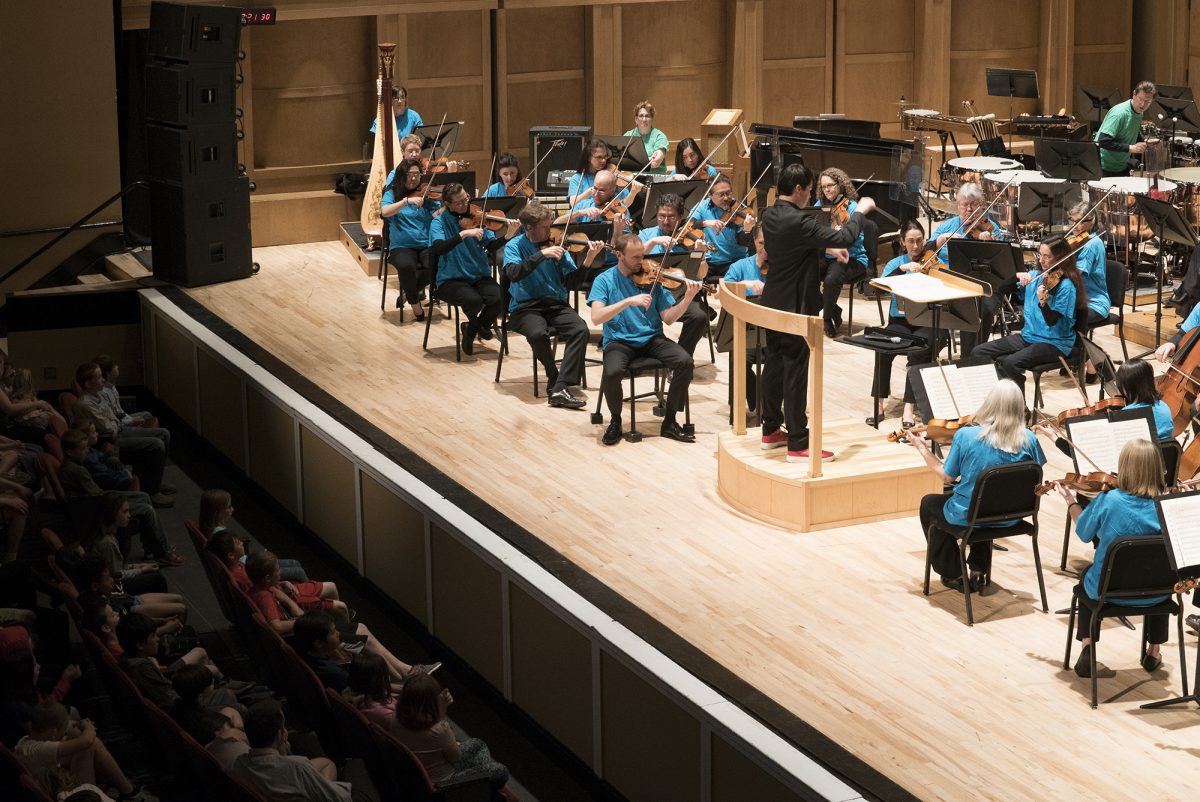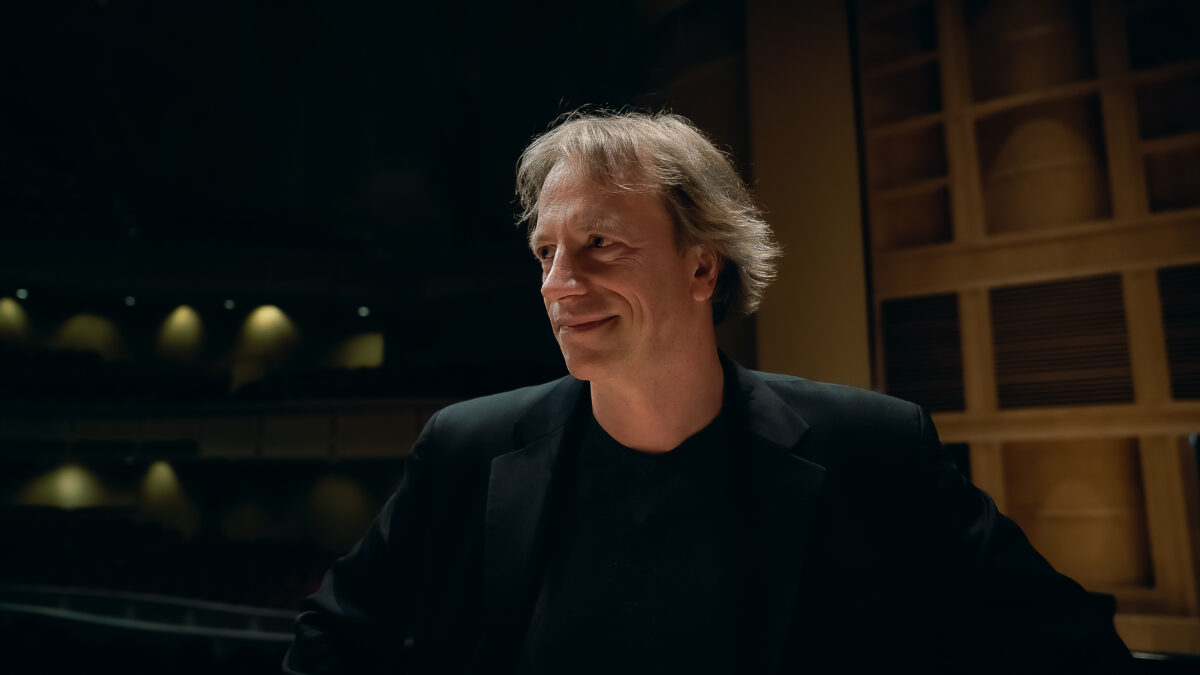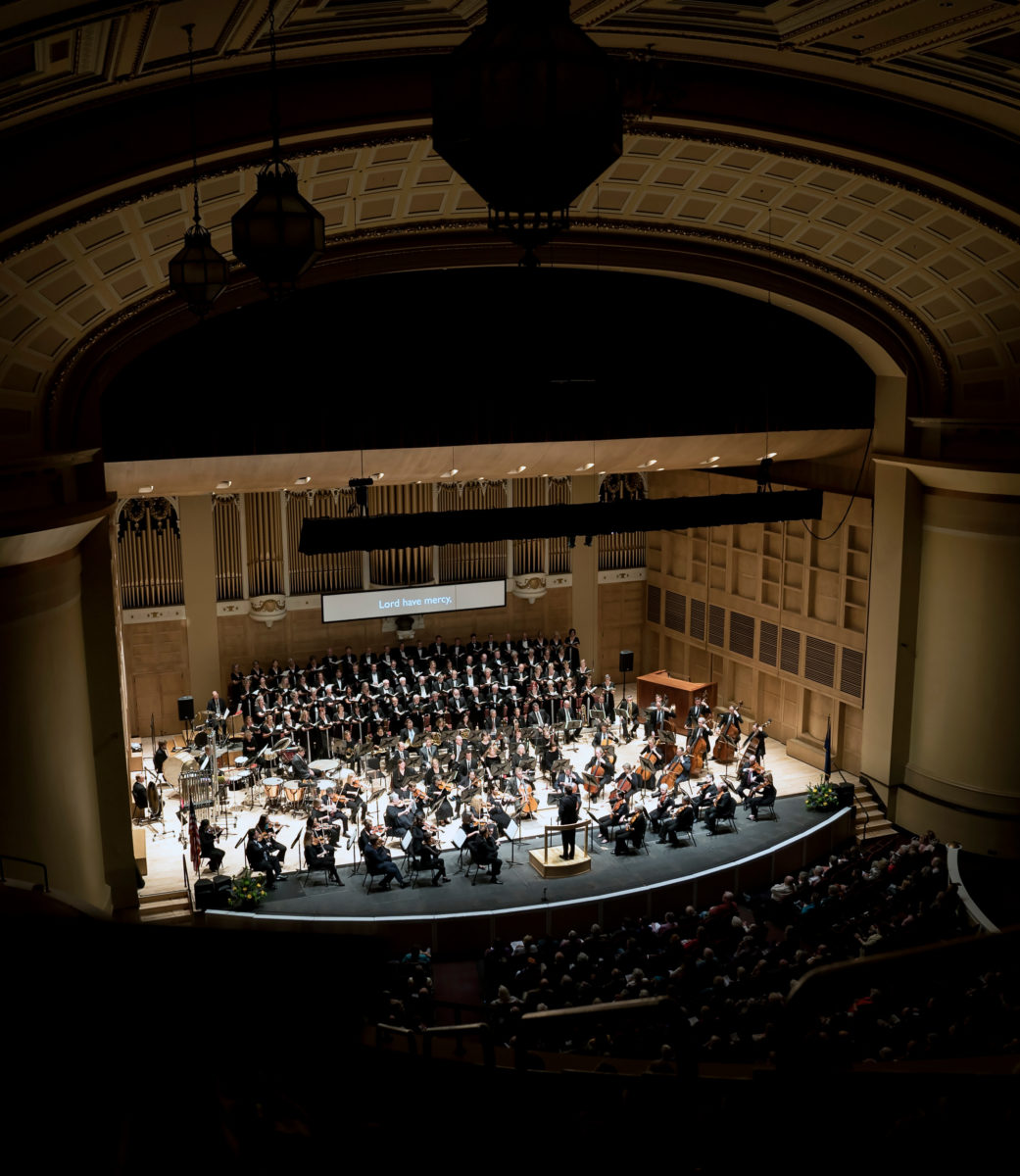Mozart with Kahane Program Notes
Wolfgang Amadè Mozart
Concerto for Piano & Orchestra No. 17 in G major, K. 453
Wolfgang Amadè Mozart (he never used “Amadeus” except when making a joke) was born in Salzburg, Austria in 1756 and died in Vienna in 1791. He composed this concerto for his student Babette Ployer in 1784. The first known performance was by Ployer, at her father’s summer house in Döbling, Austria, the same year; however, Mozart himself may have performed the work two weeks earlier at the Kämmerthor Theater in Vienna. The cadenzas Mozart wrote for this concerto still survive. The score calls for solo piano, flute, 2 oboes, 2 bassoons, 2 horns, and strings.
*****
This concerto simply cannot be discussed without mentioning Mozart’s pet starling. The composer discovered to his amusement and delight that the family pet could whistle the opening theme of the Finale of this concerto. Well, almost—the bird held the last note of the first bar too long, and sharped the last two notes of the following bar—but there was no doubt the starling was imitating Mozart’s jaunty theme.
Mozart composed the concerto for a student, Babette Ployer, who gave the first official performance. But music scholars—normally considered a humorless lot—have entered the starling into evidence that Mozart himself probably performed the concerto before Babette did. It’s all in the timing, you see: we know that the bird learned the tune before Babette’s performance. Ergo, it must have heard Mozart practicing the work, something he wouldn’t do if he weren’t performing it soon himself. Alas, the bird can no longer testify, and it left no last trill and testament.
The concerto’s first movement begins with a march-like tune and an air of good humor: notice how the bassoon seems to get stuck on its little closing theme. The bassoon’s obstinacy leads—somehow seamlessly—to the sweet, half-time second theme. When the piano arrives it is already constructing variations on the theme. It will lead us to a development where the shadows of themes—so fleeting!—assume as much importance as the themes themselves.
The Andante (Mozart insisted it should not be played adagio) begins with a most curious feature. The opening music proceeds for a few bars and then simply stops. The silence, as they say, is deafening. The “sound” of that silence will return with a different answer at each occurrence.
The richness of this movement can hardly be appreciated in one listening. The music is assertive one moment and resigned the next; no joyful moment seems untinged by melancholy. Most miraculous of all, there is no visible joinery between these states—they seem to be merely two sides of the same feeling.
The Finale may be a rondo, a sonata form, a theme-and-variations—or all three. We begin with the starling’s tune, now impossible to hear without visualizing the pet. The several variations that ensue are delightful, but what follows is astonishing. All of a sudden the tempo increases to presto and we hear what for all the world sounds like a madcap, operatic finale-within-a-finale. If you can listen to this music without smiling it’s time to check yourself for a pulse!
This is one of those Mozart works where words fail, utterly, in conveying the amazing variety of moods and the deftness with which Mozart slips between them. Far beyond the outward simplicity of the work there lies an emotional sophistication, a depth of meaning so subtle in its shadings that we enter that realm where words leave off and music begins. Yet at the same time the composer gives us the kind of tunes that could interest the musical sensibilities of a bird, rather than the other way around. This is why people listen to Mozart.
*****
Dmitri Shostakovich
Symphony No. 10 in E minor, Op. 93
Dmitri Shostakovich was born in Saint Petersburg, Russia in 1906 and died in Moscow in 1975. He composed his Tenth Symphony in 1953 and it was first performed later that year by the Leningrad Philharmonic led by Yevgeny Mravinsky. The score calls for 2 flutes, 2 piccolos, 3 oboes, English horn, 3 clarinets, E-flat clarinet, 3 bassoons, contrabassoon, 4 horns, 3 trumpets, 3 trombones, tuba, timpani, percussion, and strings.
*****
Shostakovich lived much of his adult life in sheer terror. In a country where the wrong artistic choices could prove fatal, his very survival depended upon the whims of a monstrously deranged man: Joseph Stalin. Stalin toyed with the composer; he would denounce him and his music one day and confer patriotic honors on him the next. Shostakovich had seen innumerable colleagues shot or sent to the gulag, and was so convinced he would also be arrested that he actually kept a small suitcase packed and ready by the door.
That he survived was no accident. First, he had enough political acumen to play the game: he regularly renounced his own works when required and he made all the right noises at Party conferences. Second, he composed his share of boiler-plate hymns in praise of the Workers’ Paradise. Third, and perhaps most important, he kept the true meanings of his other works to himself.
In 1953 Stalin died, and the great cat-and-mouse game was finished. Within a few weeks Shostakovich was at work on his Tenth Symphony, a work that we now know is a musical summary of the Stalin era, and contains in its ferocious Scherzo a portrait of the dictator himself.
The Tenth opens with some of the bleakest music ever written, its phrases halting periodically as if unsure where to go next. Eventually a solo clarinet plays a quotation from Mahler’s Second Symphony; in the original, this melody carries the words “Man lies in direst need! Man lies in greatest pain!” These themes, and a later one in the flute, are continually transformed as the movement builds to a climax and subsides to revisit the opening material. It concludes with the stark voice of a solo piccolo.
The portrait that follows is explosive and relentless, unstoppable in its fury; it is the sound of evil.
The third movement is a scherzo of a different sort. Just as Bach had done centuries before, Shostakovich inserts himself into the music by fashioning a musical motto from the German transliteration of his name: DSCH becomes, in music, the notes D, E-flat, C, and B-natural. The motto appears slyly at first, then more prominently, as if the composer has finally realized that the coast is clear.
The Finale begins in melancholy, but before long bursts into a torrential downpour of notes. All is not entirely optimistic—how could it be, given what has come before?—but Shostakovich puts the stamp of his motto on the ending, and with gusto. He has outlasted his nemesis and re-emerged into the world.
—Mark Rohr
Questions or comments?
markrohrprogramnotes@gmail.com










